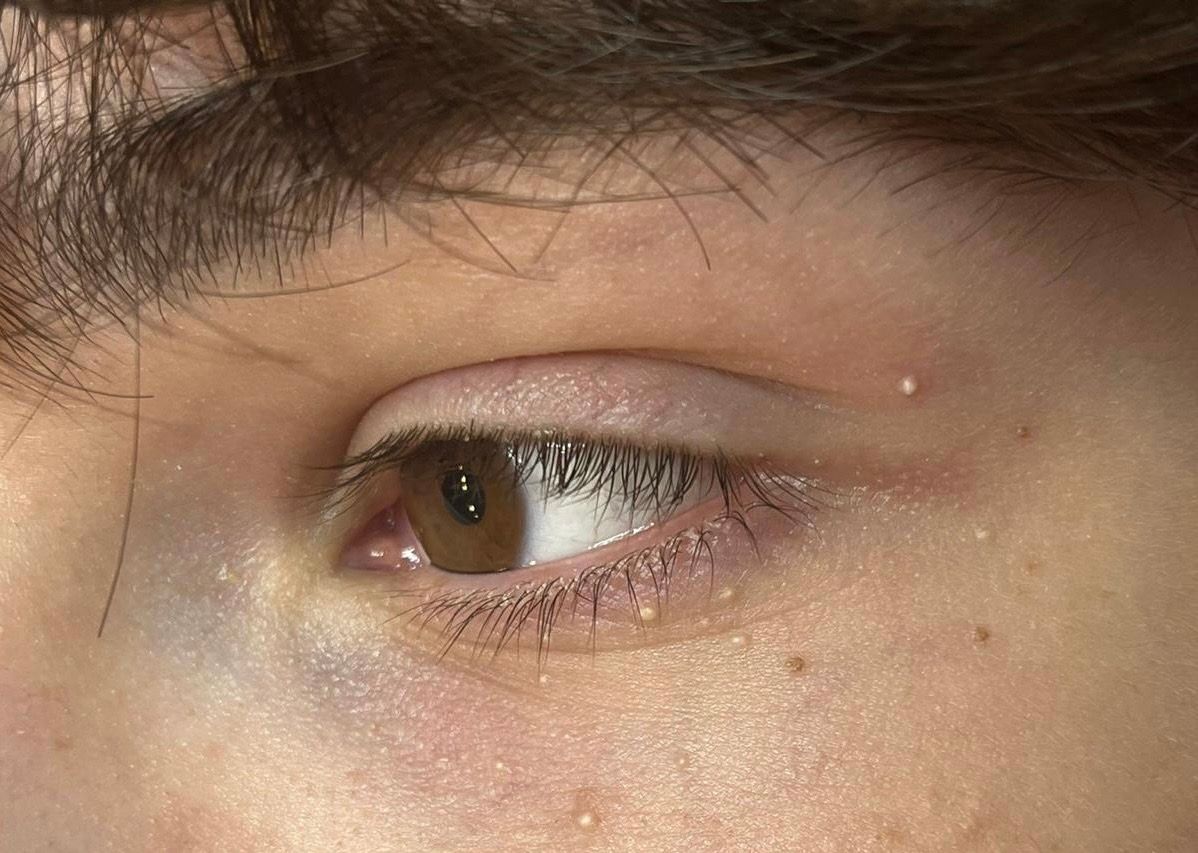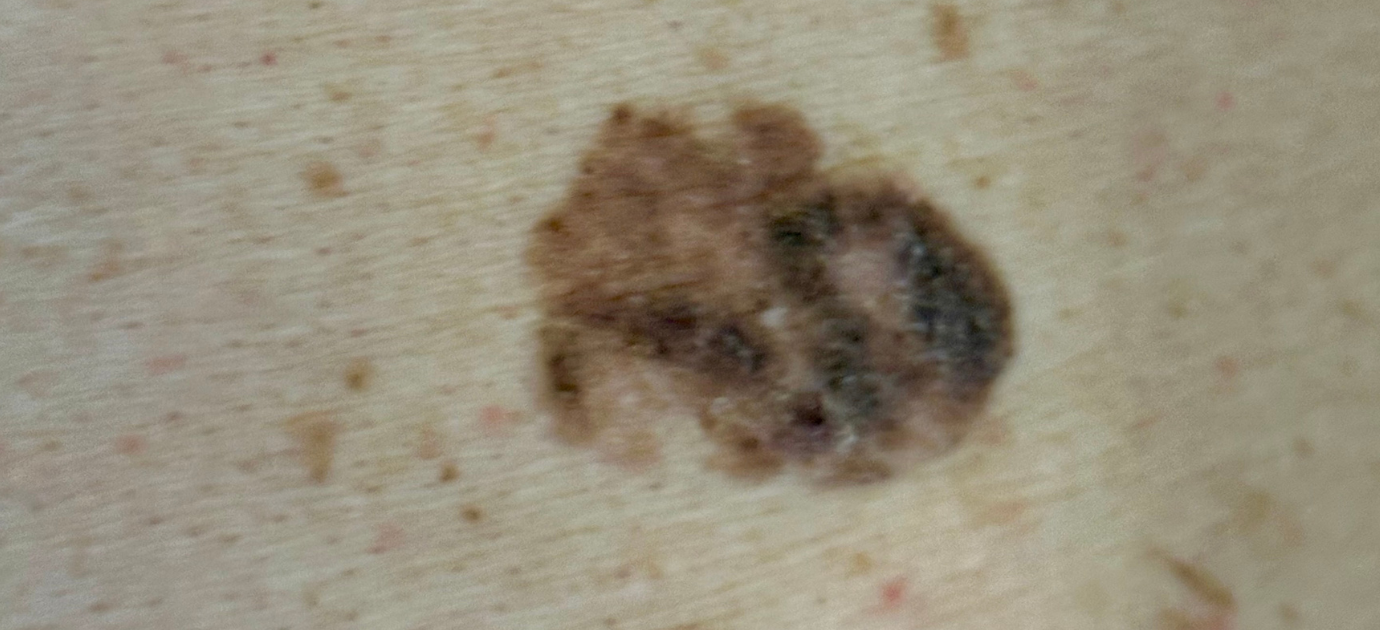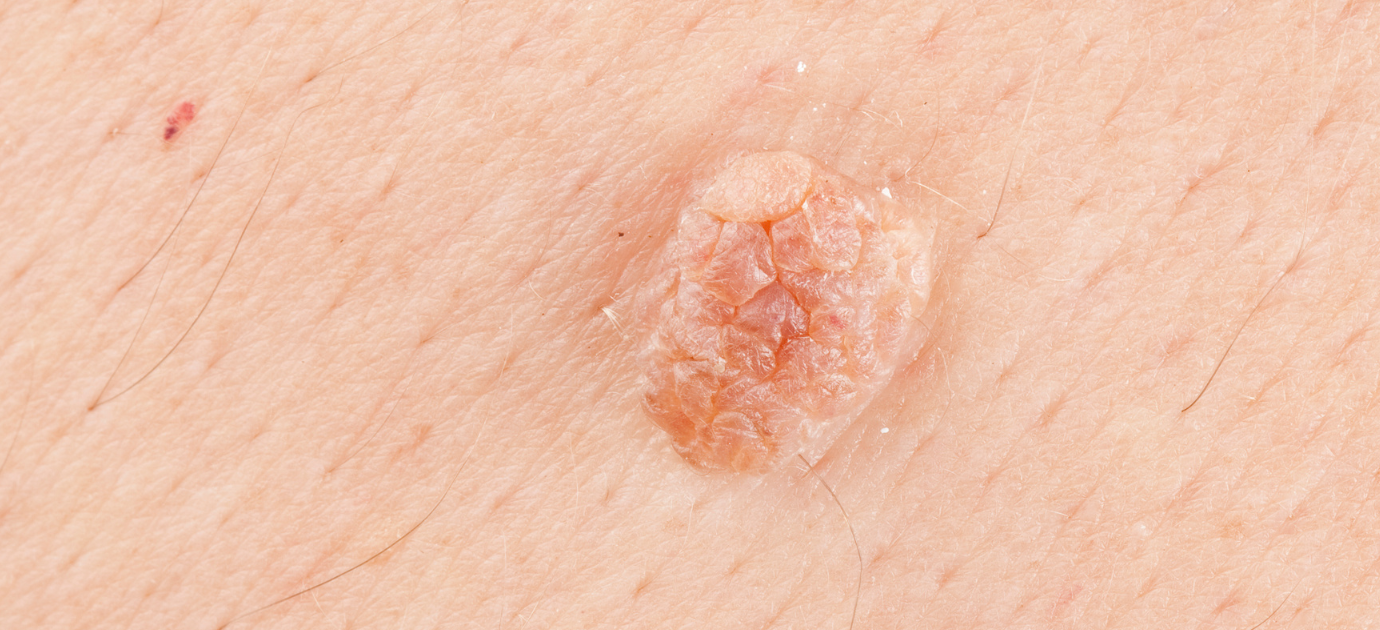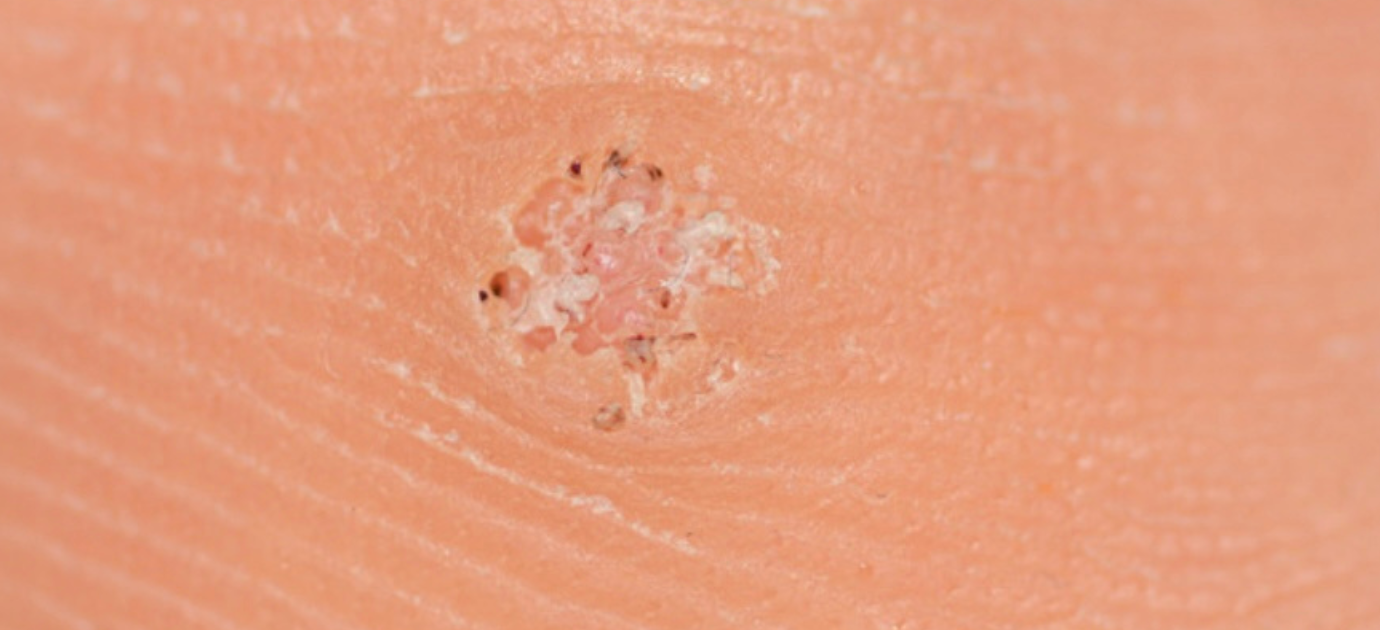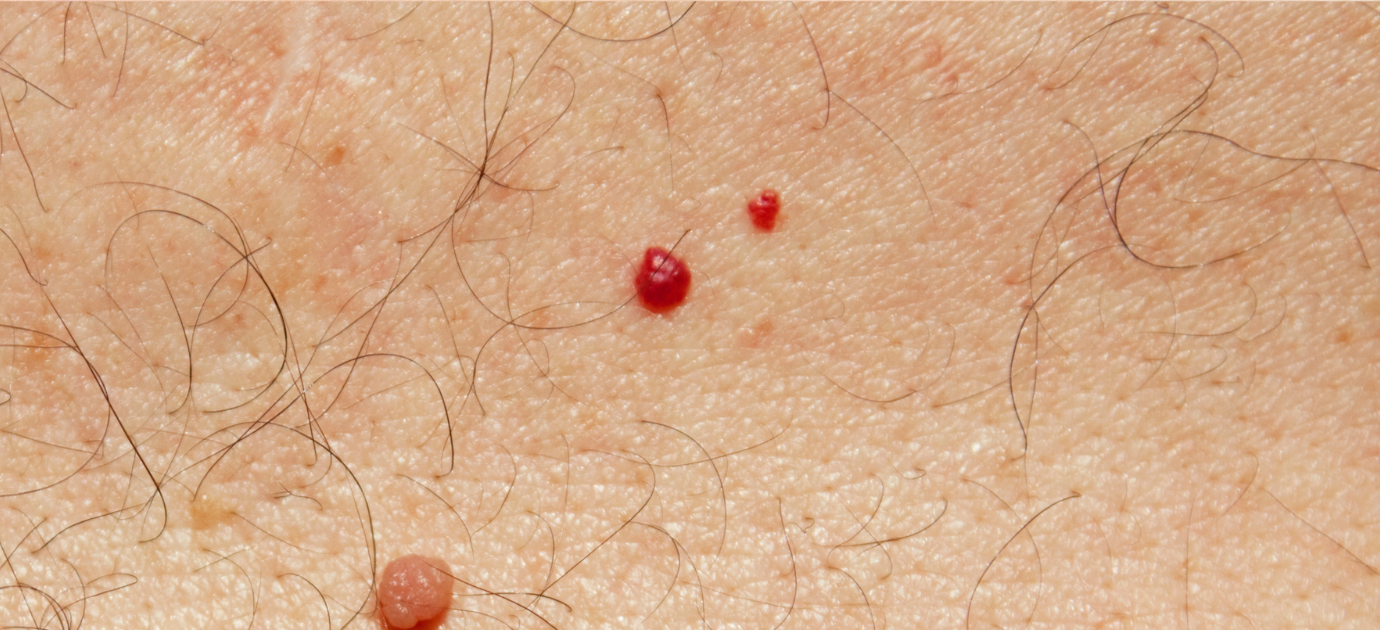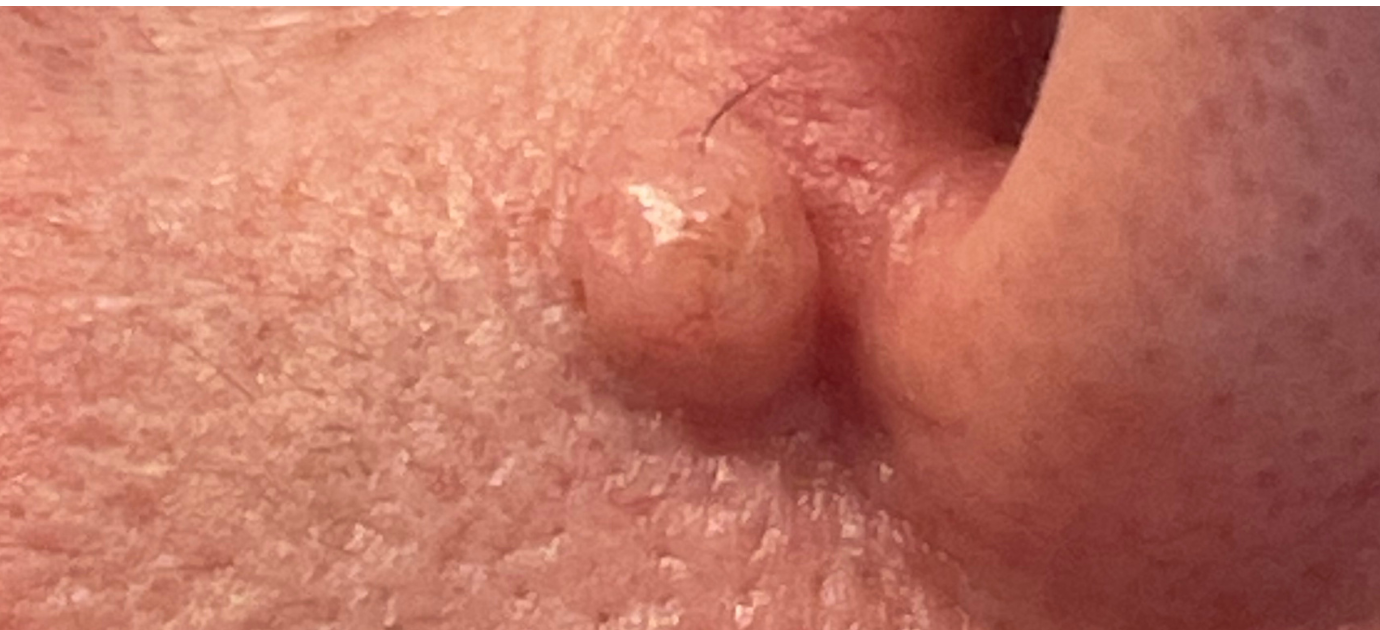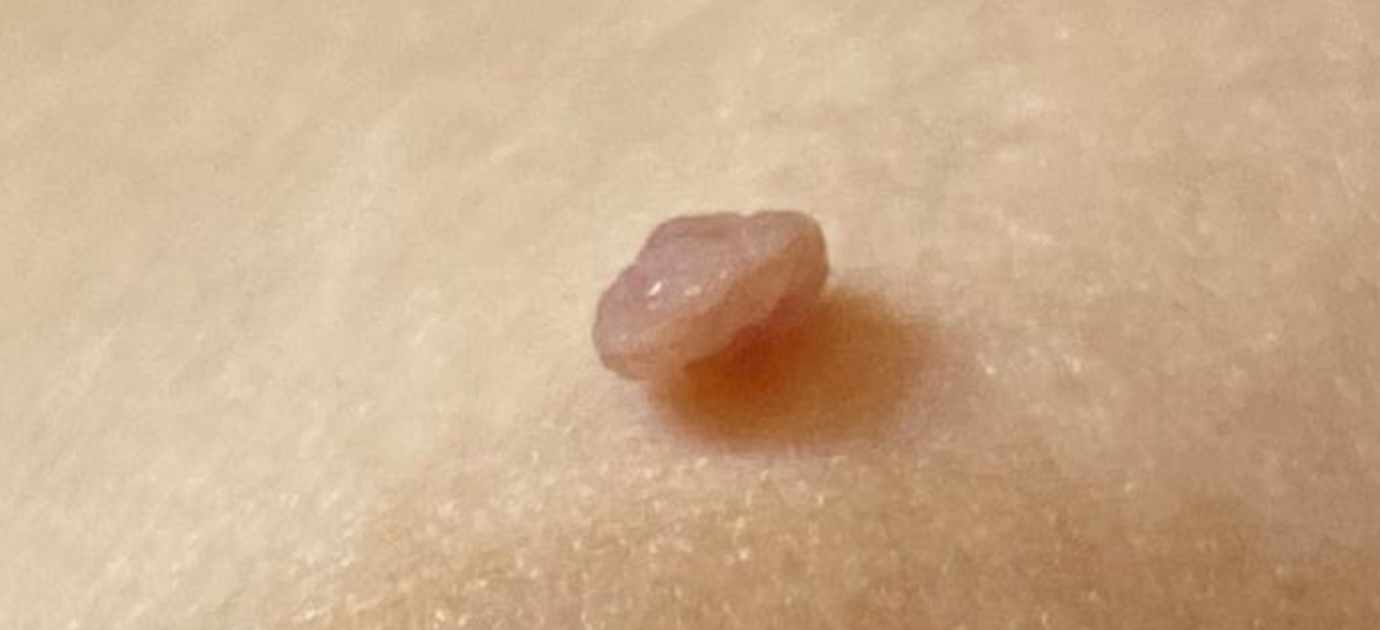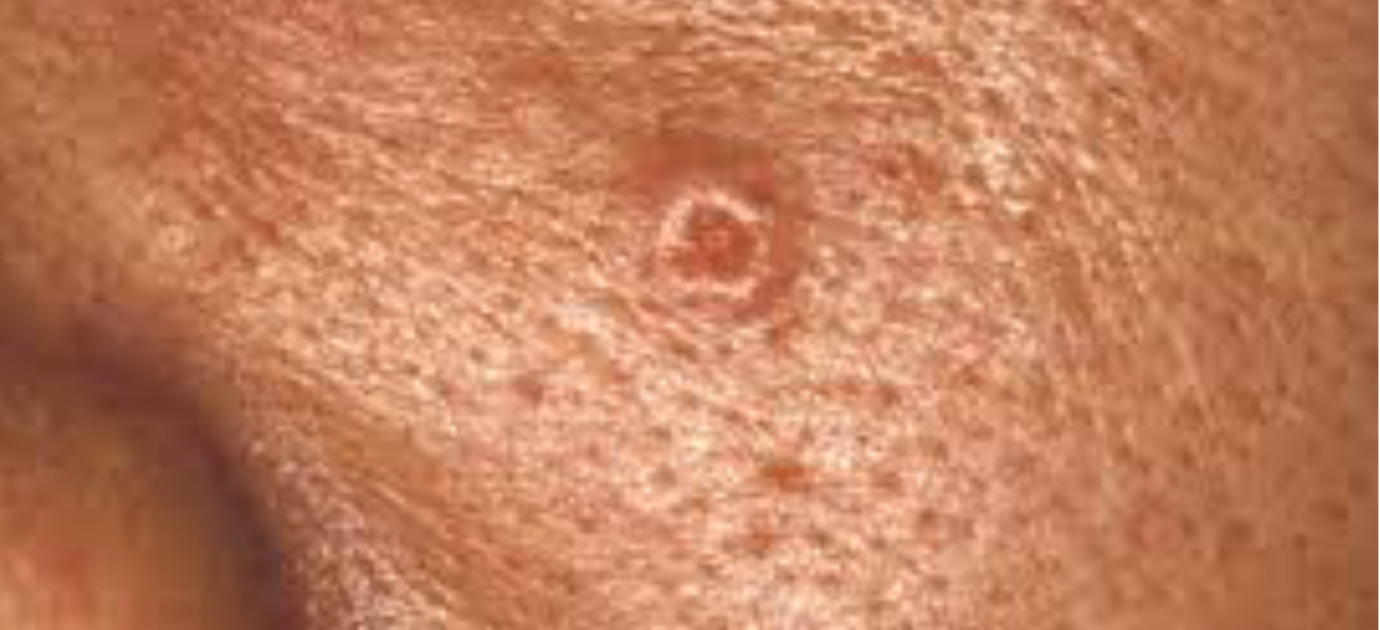Vanish Moles, Skin Tags & More With Electrosurgery
If you’re concerned or even embarrassed about moles, cysts, skin tags or lesions, we can carry out a simple procedure designed to remove them once and for all. Almost all common lesions are benign, but if you have a mole, cyst, skin-tag or lesion that we suspect may not be benign, we would not remove it and would refer you to your doctor.

Milia
Milia form under a thin layer of skin. They are harmless, tiny little cysts that form when dead skin cells get trapped under the skin. They are commonly found on the eyelids, forehead, and cheeks.
It is so important not to try and ‘pop’ them! There is no opening and popping them will most likely damage the delicate skin and cause scarring.
Electrosurgery will safely break down the milia from within, meaning it will disappear without causing damage to the skin.
Sebborrhoeic Kerarosis
These lesions are exceptionally common. They are also known as seborrhoeic warts, basal cell papillomas, or senile warts. They are harmless growths on the skin caused by an excess build-up of the ordinary skin cells.
If you are forty years or older, chances are you have one or will develop one. It is not unusual for them to form all over the body with the torso and face more commonly affected. It is not uncommon to find multiple lesions and some patients have very large numbers.
Common warts
Areas Found
Fingers, elbows and knees
Causes
HPV Virus
What are they ?
Common warts are firm, raised growths often with a rough, dry, crusty surface, which resemble a very small cauliflower or a solid blister. Rough to the touch. common warts may feature a pattern of tiny black dots, sometimes called seeds which are small, clotted blood vessels. Diathermy is a safe, effective, quick method of removal
How many sessions may I need ?
May require a follow up session
Verruca
A verruca is a wart on the sole of the foot. A verruca starts as a tiny pink area which may be speckled with black dots and can became dark with rough crumbly layer of skin with a ‘pepper pot’ appearance. Verrucae vary in size from pin head to large mosaic verruca.
When the skin gets very wet it loses its suppleness and flexibility which can cause tiny cracks and splits to occur. These breaks in the skin make it easier for the verruca virus to penetrate the skin. This happens through direct skin to skin contact or indirect contact with contaminated surfaces.
We will treat your verruca and review again after 3-4 months as it can take this long for the bodies immuno response to kick in and start to fight the virus. We would then assess the area and decide whether a second or third treatment may be required.
Blood Spots/Cherry Angiomas/Campbell de Morgan
These red dots or spots may appear on different parts of the body such as the torso, limbs, and face. However, there is no need to worry about them as they are just small blood vessels that have ruptured or burst under the skin.
Sometimes, they can grow larger in size, but most of the time they are relatively small and not easily noticeable. It is common for some people to be more prone to them, and the number and size of these spots tend to increase after the age of forty.
Women may first notice these spots on their skin post-pregnancy or during perimenopause.
MOLES
Non-Pigmented Moles /Normal Moles
What are they ?
Normal moles are common small blemishes or growths on the skin that appear particularly in people with pale skin and eyes.
The colour of the mole usually corresponds to the person's skin type (i.e. light-skinned individuals have lighter moles, dark-skinned individuals have darker moles). The average young adult with Fitzpatrick skin type I to II has about 25 normal moles.
A mole itself is easily treated but rather than removing we visibly reduce the appearance of the mole.
What do they look like ?
• Shape: Symmetrical, round or oval or dome like
• Border: Sharp and well defined
• Colour: Skin colour or one shade darker/lighter and slightly shiny
Diameter: Usually less than 7 mm in diameter
• Location: Concentrated on sun exposed skin of the face, trunk, arms and legs
Onset: Usually during early childhood through to mid-20s
• Uniformity: Most normal moles on the body look very similar.
Doctors approval needed to remove
Skin Tags
Skin Tags (Fibroepithelial polyp/papilloma)
Skin tags are benign, innocuous growths of epithelial tissue which vary in size, shape and attachment.
They are viral in nature (Human Papilloma Virus HPV) and whilst not infectious they can proliferate on individuals with some people suffering from hundreds of them.
Skin Tags are very easily treated using electrosurgery. They can be tiny ones between the eyelashes (as in photo) or large ones under the arms. We can treat them all very easily with electrosurgery.
They are found in areas of friction where the skin forms creases, such as armpits, also where clothes rub such as shirt collars and under the breasts are very common areas to find these irritating blemishes.
They are often found on the torsal, underarms and even on eyelids.
Sebaceous Hyperplasia
This is a collection of dilated sebaceous ducts with a central dip. The enlargement of sebaceous glands forms a donut shaped lesion on the surface of the skin
Why do we get them ?
Over production of sebum (oily areas)
Xanthelasma
Xanthomas are deposits of fatty material under the skin and range in size from 6mm to more than 7cm diameter. They are associated with a symptom of metabolic disorders such as diabetes or high cholesterol.
Xanthelasma Palpebera is the common type and presents itself as flat yellowish growths on the eyelid close to the nose. Resembling a butter bean and causing no pain they are successfully treated using Diathermy. They reduce in size and appearance although the milky yellow colour remains and more than one treatment is often required over a period of time.
Electrosurgery is effective for treating:
- Red Veins
- Spider Naevi
- Blood Spots
- Skin Tags
- Melia
- Serbaceous Hyperplasia
- Seborrhoeic Keratosis / Common Warts / Plane Warts / Verrucas
- Mole Reduction
- Xanthelasma
- Syringoma
- Age Spots
How does it work ?
The treatment process is known as cauterisation, which involves the local application of electrical current via a tiny probe or needle. This heats the area to cauterise or destroy the blemish to leave the area neat and tidy.
This technique is also known as:
- Advanced Cosmetic Procedures
- Electrosurgery
- ACP
- SKIN BLEMISH REMOVAL WITH DIATHERMY
What happens to the skin following removal of a skin blemish ?
Following removal, the treated area develops a scab (usually within the hour).
The full healing time depends on the type and size of lesion removed and the individual’s normal healing rate.
Most people find that small blemishes are completely healed within a week whereas larger ones may take up to three weeks.
Once the treated area has healed and the scab has fallen off, there is normally a small pink patch which fades over time.
This also depends on the individual and environmental factors and can be a week or two or (rarely) several months.
This pink is easily covered with concealer if this is required.
How long will it take to recover from ACP treatment ?
There is no recovery time as such. You can return to work and normal activities immediately after a treatment.
If the area being treated is on your face, you may wish to plan treatment around social events if you do not wish to attend them before post-treatment healing has completed.
How long does it take ?
Appointments are generally quick and booked for 15 mins to 30 minutes in duration.
Price List
List of Services
-
Small Skin Blemishes Veins, Spider Naevi, blood Spots and MiliaList Item 1
1-2 - Lesions. £55
3-4 - Lesions. £90
5-7 - Lesions. £120
8 Plus - Price on Consultation
-
Skin Lesion Removal Tags, Age Spots, Seborrheic keratosis, Warts, Verrucas, Xanthelasma, Seborrheic HyperplasiaList Item 2
1-2 Lesions - £95
3-4 Lesions - £145
5-7 Lesions - £170
Small Benign Mole - £120
Subsequent Mole same treatment- £80
Before treatment considerations
We will send you a medical questionnaire before your appointment either by text or email. This is to see if you have any health concerns that will impact your treatment.
Are you preparing for a holiday?
You must have your treatment at least 4 weeks before you travel. The total healing process takes anywhere between 4-6 weeks and sun/sea salt/chlorine may hinder the healing process.
The discomfort level is generally so low and treatment quick that a topical anaesthetic is considered unnecessary; however, you can buy a topical anaesthetic from your local pharmacy to numb the area to be treated. Emla is one we recommend, Apply as directed one hour before your arrival to BARE Skin Surrey, covering the area with a plaster or cling film to ensure maximum effectiveness.

